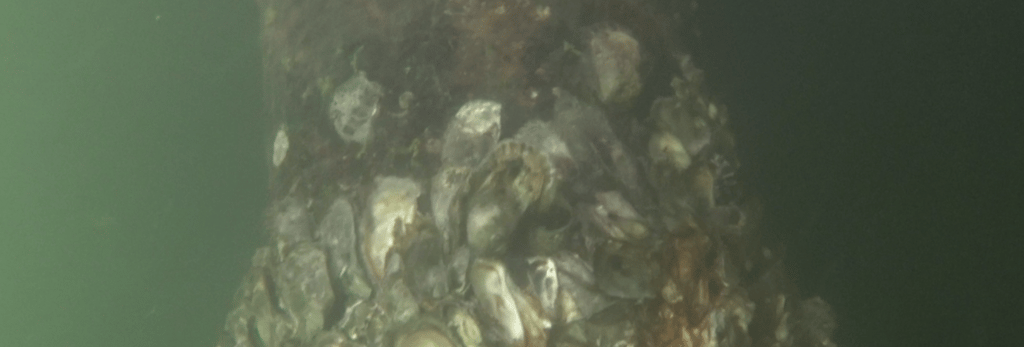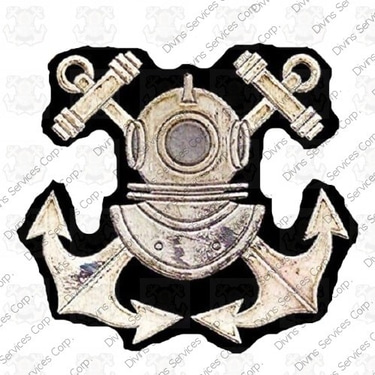The Importance of Underwater Cleaning for Seawalls, Piers, and Intakes
Team of Diving Services Corp
2 min read


Introduction
Underwater cleaning of seawalls, piers, intakes, and similar structures plays a vital role in maintaining not only the aesthetic value but also the operational integrity of these important marine infrastructures. The buildup of marine growth, silt, and debris can significantly affect the stability and functionality of these constructions. Regular underwater cleaning is essential for preserving their structural integrity and ensuring they continue to serve their intended purposes effectively.
What is Underwater Cleaning?
Underwater cleaning involves using specialized techniques and equipment to remove unwanted materials from submerged structures. This process may include the use of divers, robotic systems, or remotely operated vehicles (ROVs) equipped with high-pressure water jets, brushes, or vacuum systems. The primary goal of underwater cleaning is to eliminate contaminants that can lead to deterioration, including barnacles, algae, and sediment accumulation.
Benefits of Underwater Cleaning for Marine Structures
One of the most significant benefits of underwater cleaning is the enhancement of structural longevity. Seawalls and piers are constantly subjected to harsh marine environments that can accelerate wear and tear. For example, barnacles and other marine organisms can create small fissures in the concrete, leading to more severe structural issues over time. By removing these organisms promptly, property owners can mitigate damage and prolong the lifespan of their structures.
Additionally, underwater cleaning is crucial for operational efficiency. Intakes, for instance, are often vital for water management systems in industries such as power generation. If these intake systems become clogged with debris, operational capacity can decrease significantly, leading to potential losses and service interruptions. Regular cleaning helps ensure that these systems operate at optimal levels, thereby safeguarding public services and economic activities that depend on them.
Furthermore, underwater cleaning minimizes the risk of environmental harm. Untreated marine growth can lead to the release of pollutants into the water, affecting local wildlife and ecosystems. By enforcing regular cleaning schedules, we can protect marine biodiversity and uphold environmental standards.
Conclusion
In conclusion, the underwater cleaning of seawalls, piers, intakes, and other marine infrastructures is critical for maintaining their functionality and supporting overall environmental health. Employing professional services dedicated to this task can significantly reduce long-term costs, enhance operational efficiency, and protect the integrity of our marine ecosystems. Therefore, as maritime industries continue to grow, embracing proactive maintenance strategies such as underwater cleaning will become increasingly paramount.
Next topic: Underwater inspections
Copyright ©2025. Diving Services Corp, All rights reserved.
